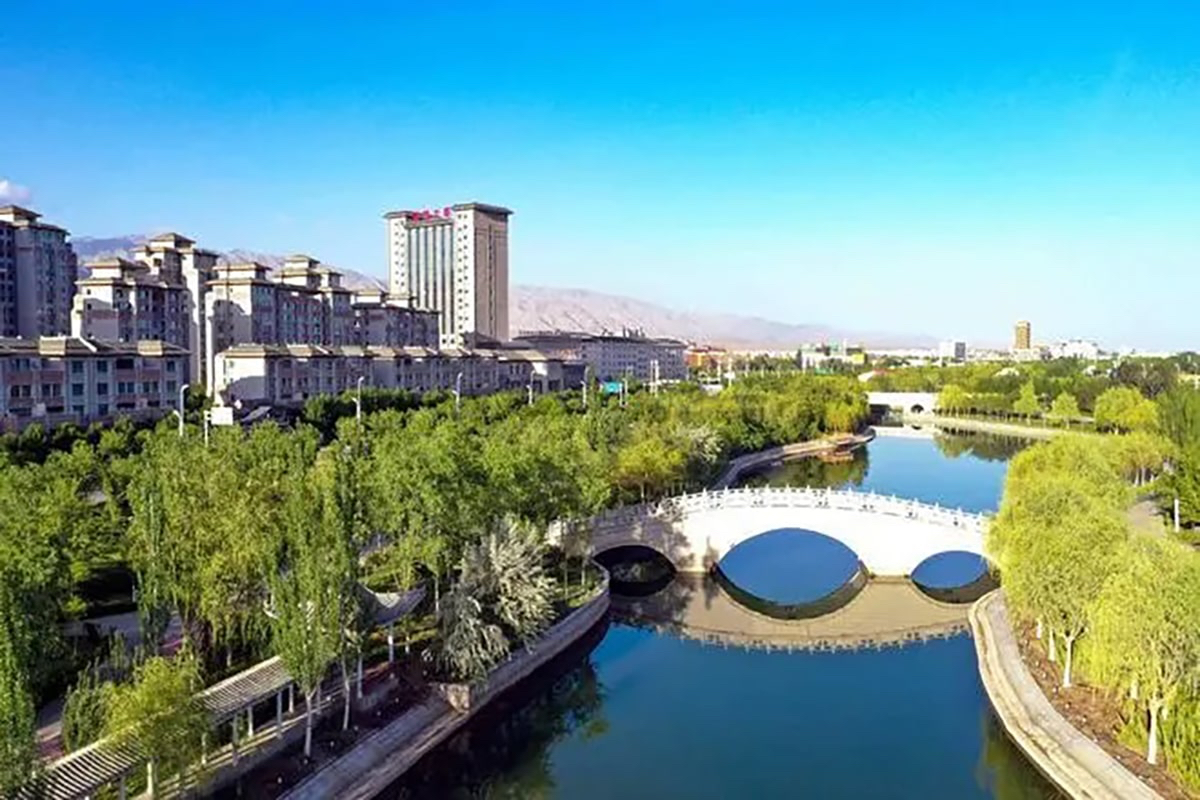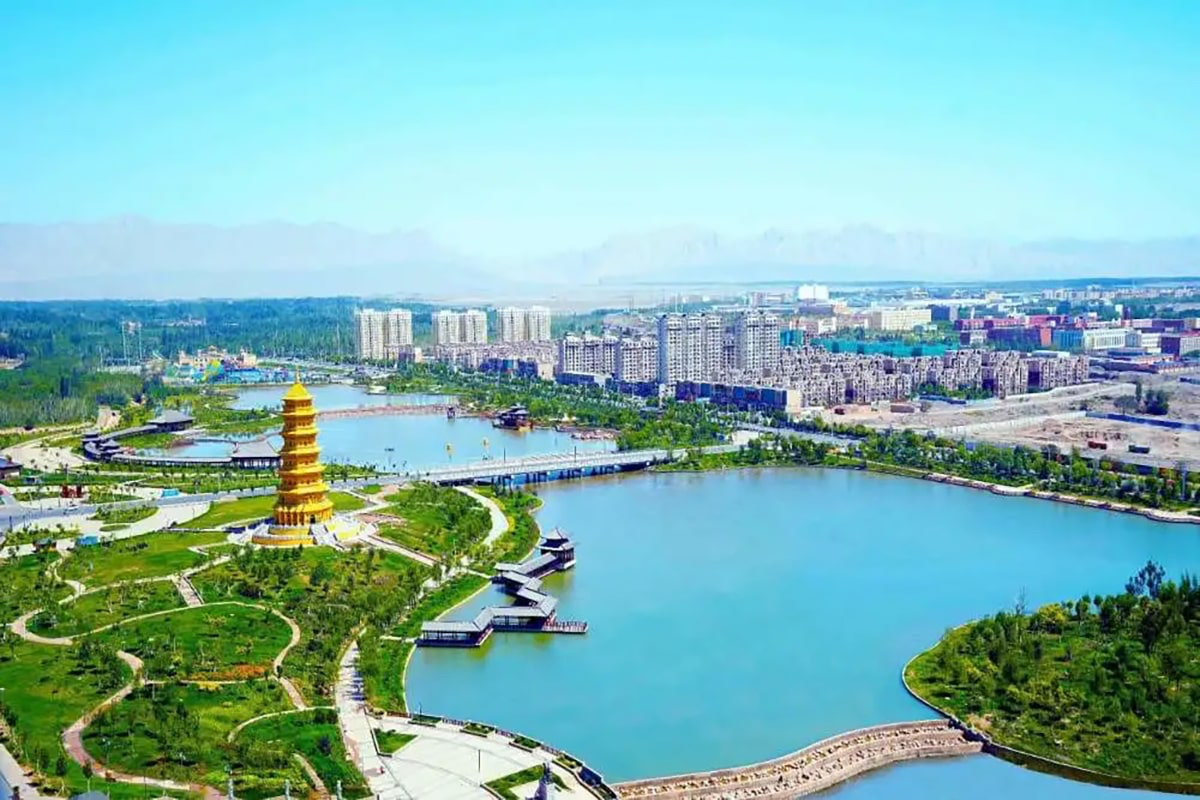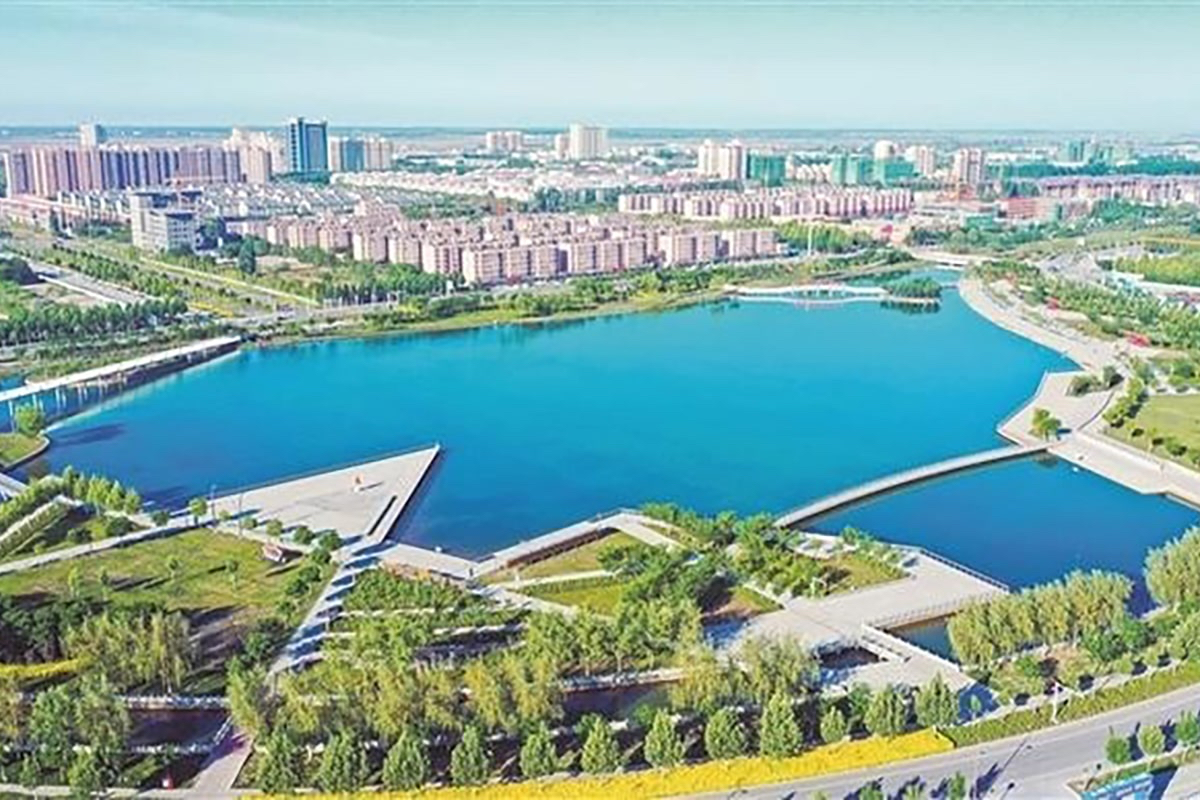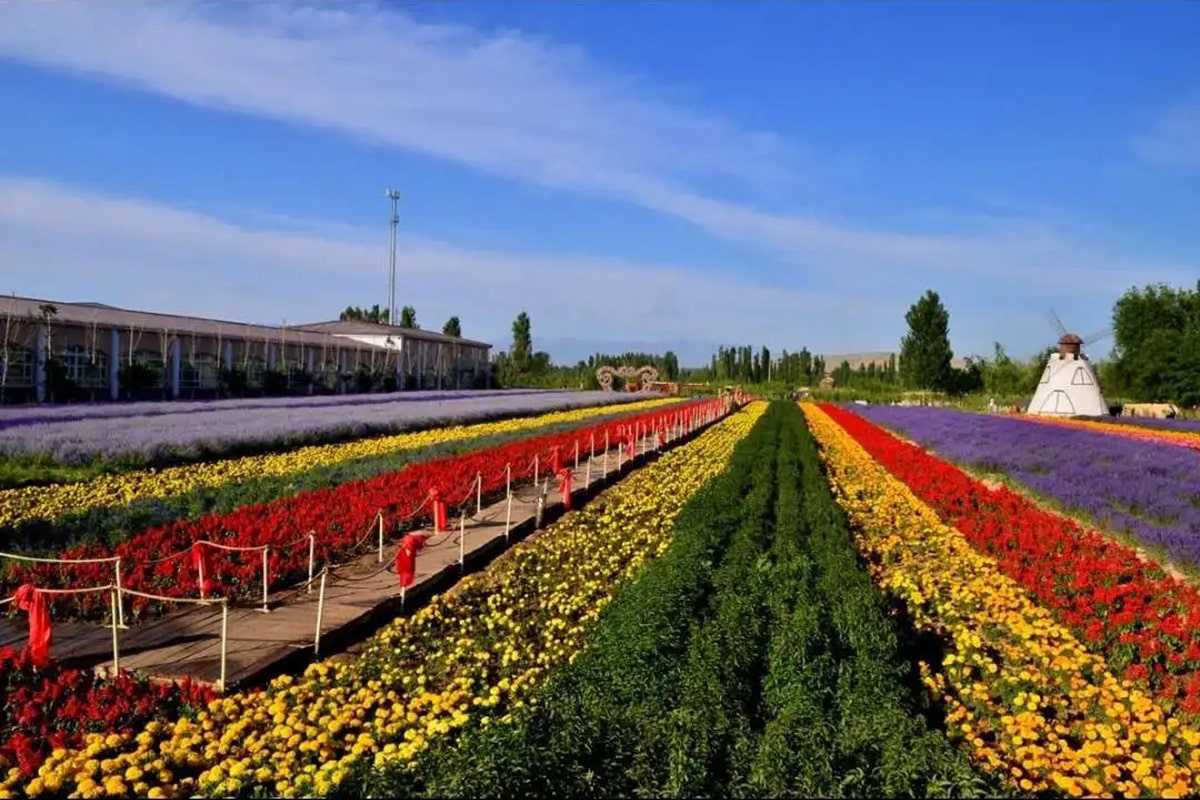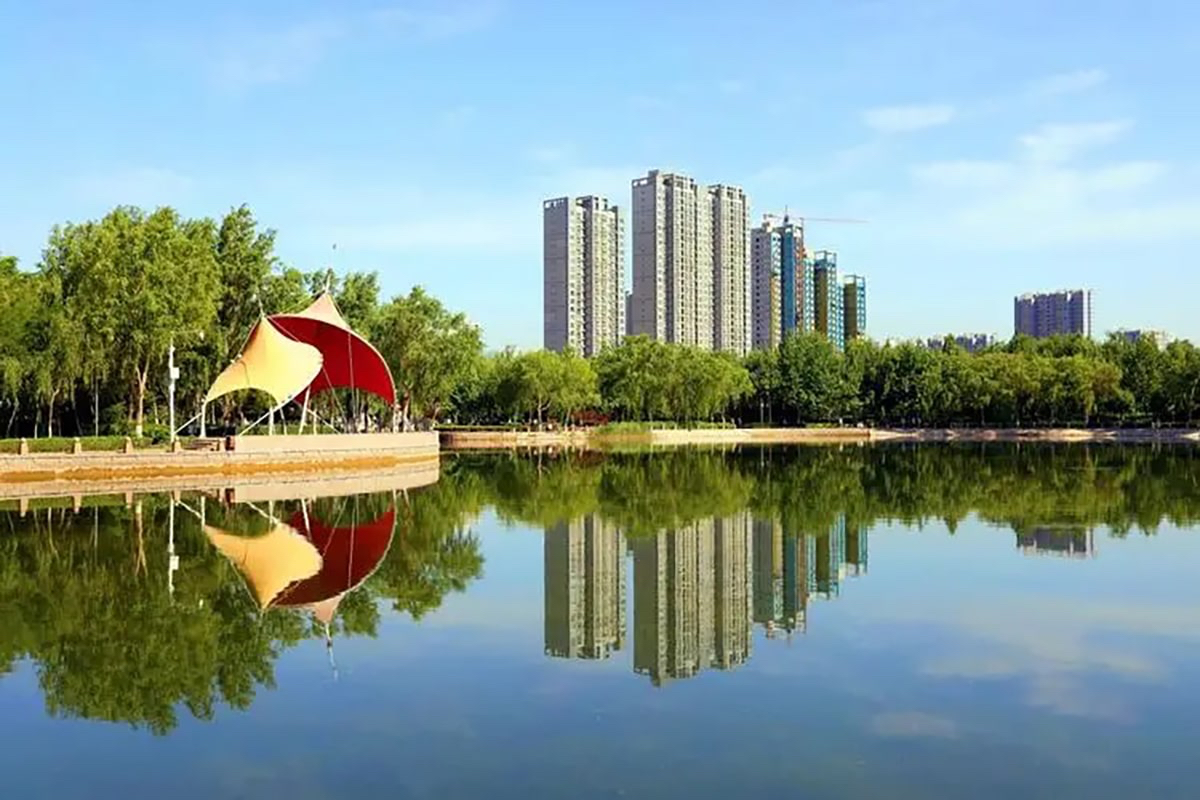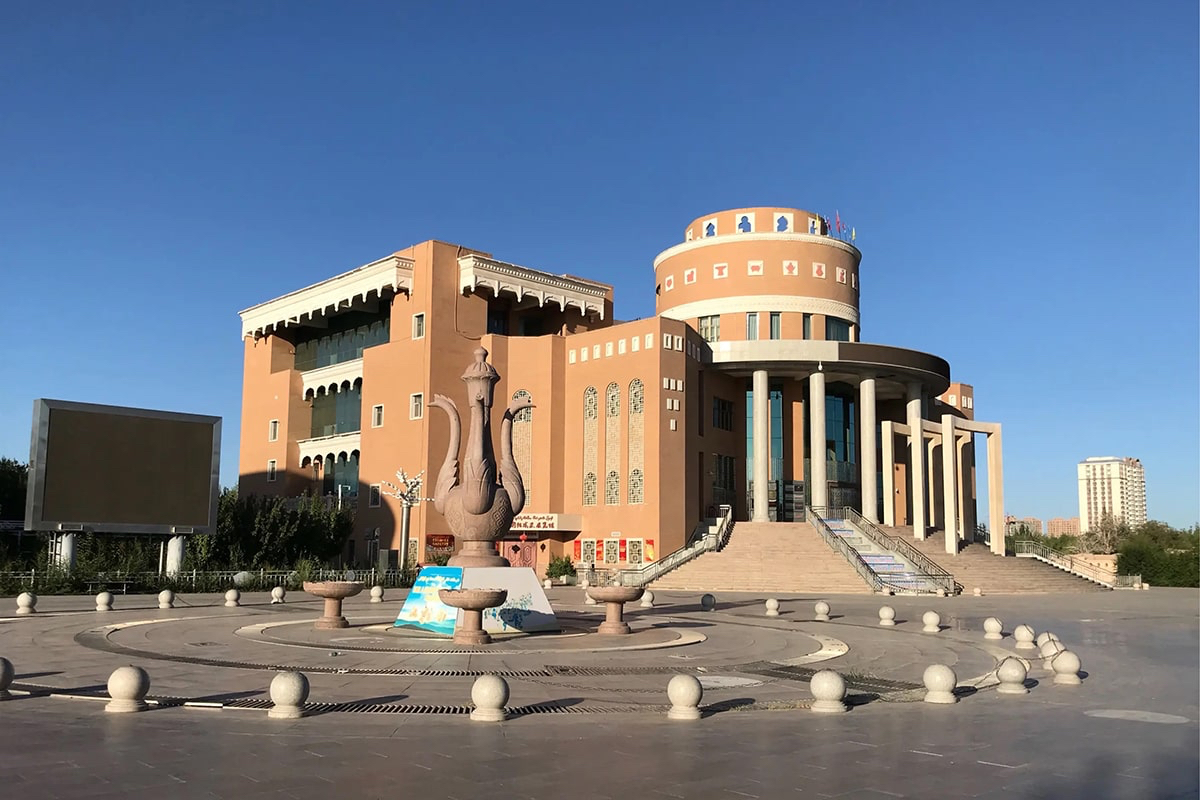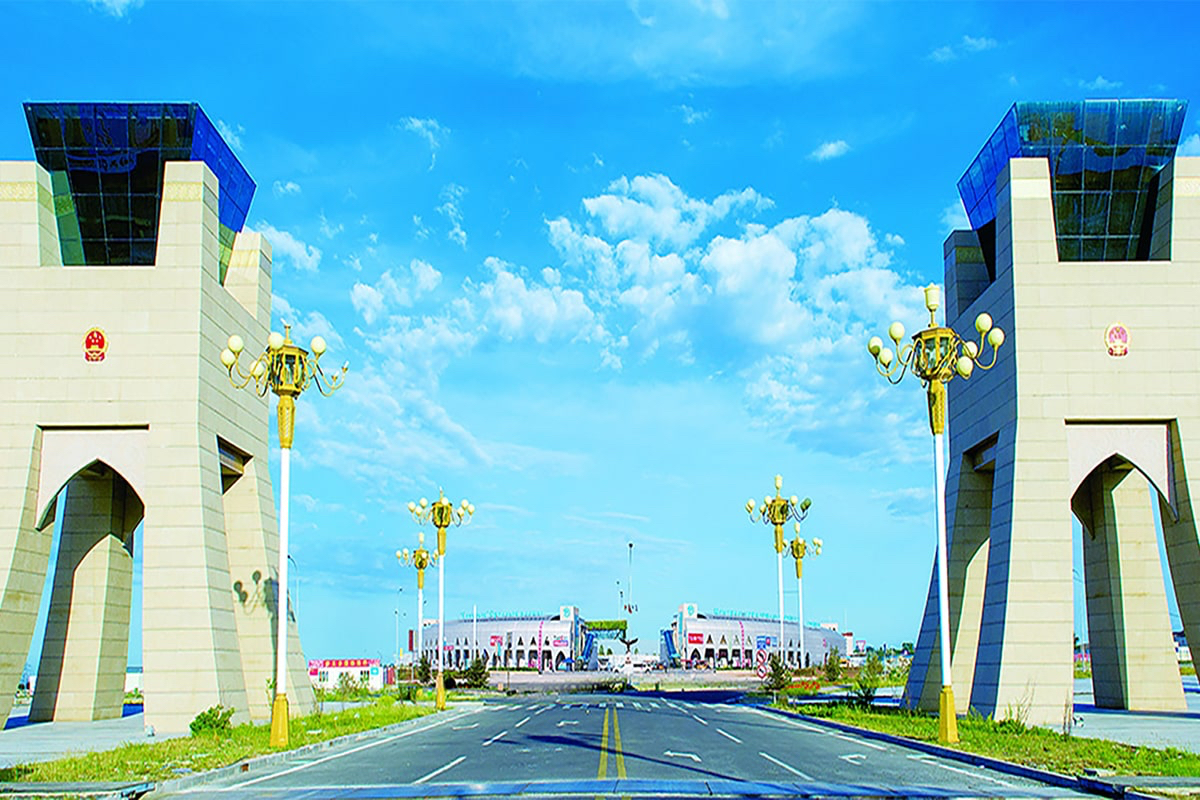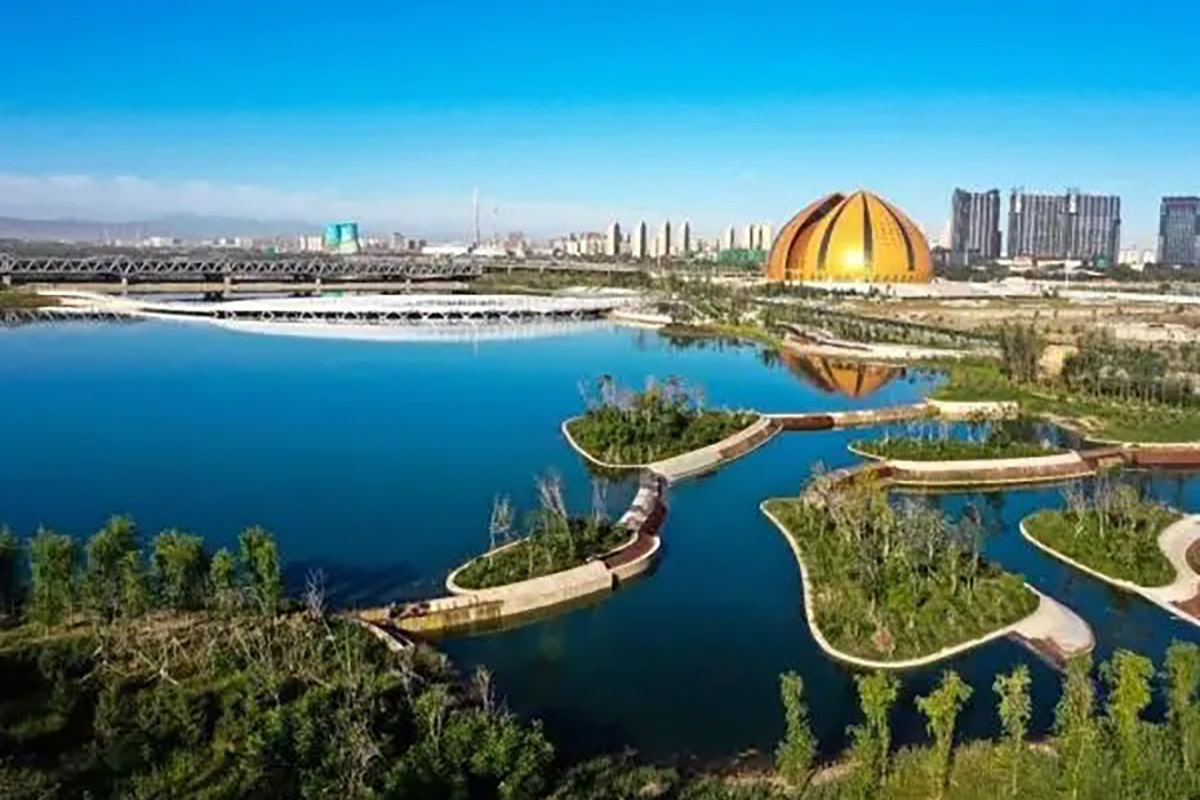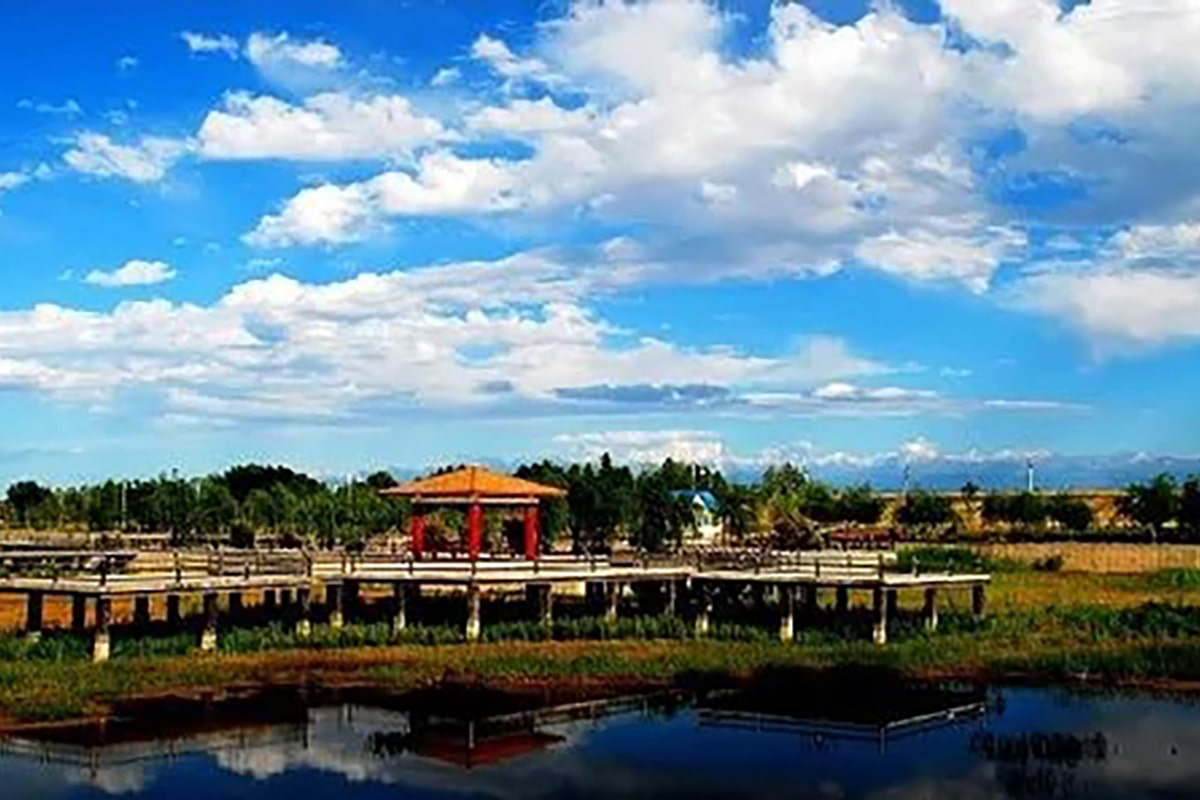Changji Travel Guide
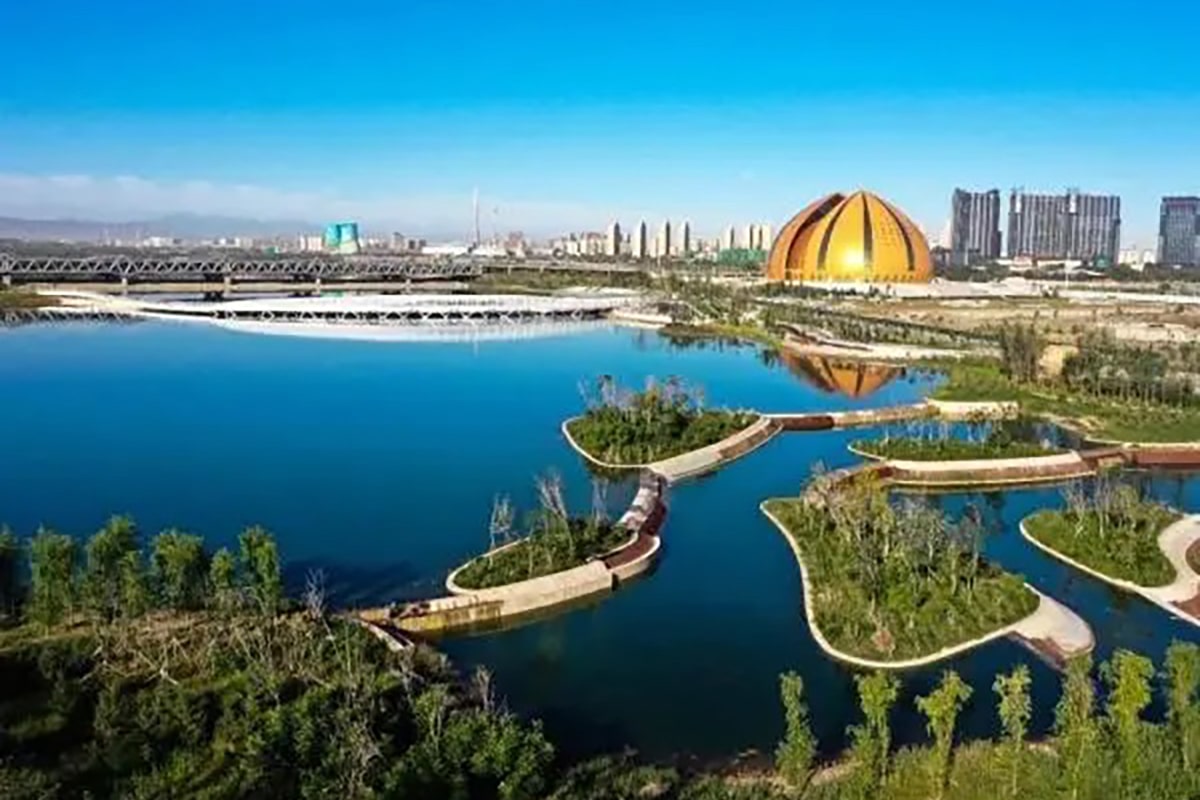
Changji is a county level city under jurisdiction of Changji Hui Autonomous Prefecture of Xinjiang Uygur Autonomous Region, China. It is the seat of Changji Hui Autonomous Prefecture. Located at the northern foot of the Tianshan Mountains and southern edge of the Junggar Basin, Changji is located in the center of the Eurasian continent. The total area is 7,971.03 square kilometers and the total population is 404,500.
Changji takes the meaning of "Prosperity and Auspice". The title began in the Yuan Dynasty and was transformed from the Mongolian language.
● What to do & where to go in Changji
Changji Dinosaur Museum was built in 2009, officially opened in 2012, building area 8,729 square meters. It is the only dinosaur themed museum built in Xinjiang. The museum displays Asia's largest dinosaur and fossil bones excavated in Xinjiang.
The Qing Dynasty Granary is located in the southeast corner of the ancient city of Ningbian, Changji City with a total construction area of about 650 square meters. According to relevant historical records, the granary of the Qing Dynasty was built in 1758, the 23rd year of Qianlong's reign.
Hosbrak, Kazakh for Mandarin Duck Spring. The scenic spot is located in the north slope of Tianshan Mountain, about 85 kilometers away from Urumqi City. There are snow mountain glaciers, alpine grasslands, dense forests, exotic flowers and plants and a wide variety of wild animals in the scenic area which is composed of three natural alpine meadow platforms of different heights.
Sulfur Valley Mine Gas Spring is 3 kilometers southwest of the city mine in the valley. The temperature of the hot air mouth of the gas spring reaches 90 degrees which is effective for rheumatoid arthritis.
Changji Ancient City is located in the northeast corner of Changji City, commonly known as the Tang Dynasty City. The city is rectangular, about 1,000 meters long from north to south and 600 meters wide from east to west.
Big Buddha Temple, built in the summer of 1920 (9 years of the Republic of China), the temple site is located in the west back street of the city.
● What to eat in Changji
Kebabs, baked stuffed bun, milk tea, starch soup noodles of the Hui people, yellow cold noodles, cold rice noodles, braised mutton with pancake, fried cake, boiled mutton, baked mutton pie and so on.
● Transportation
Railway: Changji Station is 21 kilometers from Urumqi West Railway Station and 435 kilometers from Alashankou Railway Station.
Highway: Changji City is located in the Urumchi - Changji - Shihezi urban agglomeration. It is an important corridor linking Xinjiang from the east to the west. It is 30 kilometers east of Urumqi City, 18 kilometers from Urumqi Diwopu International Airport. The national highway 312 and Wukui Expressway run through the city. North Transit Highway, Toutunhe Bridge, Century Avenue, two interchange type overpasses and other traffic aorta achieve internal and external connection.
Airport: Urumqi Diwopu International Airport has flights to/from major cities inside Xinjiang Uygur Autonomous Region and major cities in China’s inland, as well as Mongolia, Central Asia and other foreign countries.
● Climate
Changji City belongs to the middle temperate zone which is typical of continental arid climate with cold winter, hot summer and large temperature difference between day and night. Due to influence of topographic conditions, the climate varies greatly from south to north with more precipitation in the south in summer. The desert climate in the north is remarkable. Changji has sufficient sunshine with an annual sunshine duration of 2,700 hours. The annual average temperature is 6.8℃, the average temperature in January is -15.6℃ and the average temperature in July is 24.5℃. The average annual precipitation is 190 mm with more precipitation in summer than in winter. The annual frost free period is 160-190 days.
- HOTEST
- RECOMMEND
